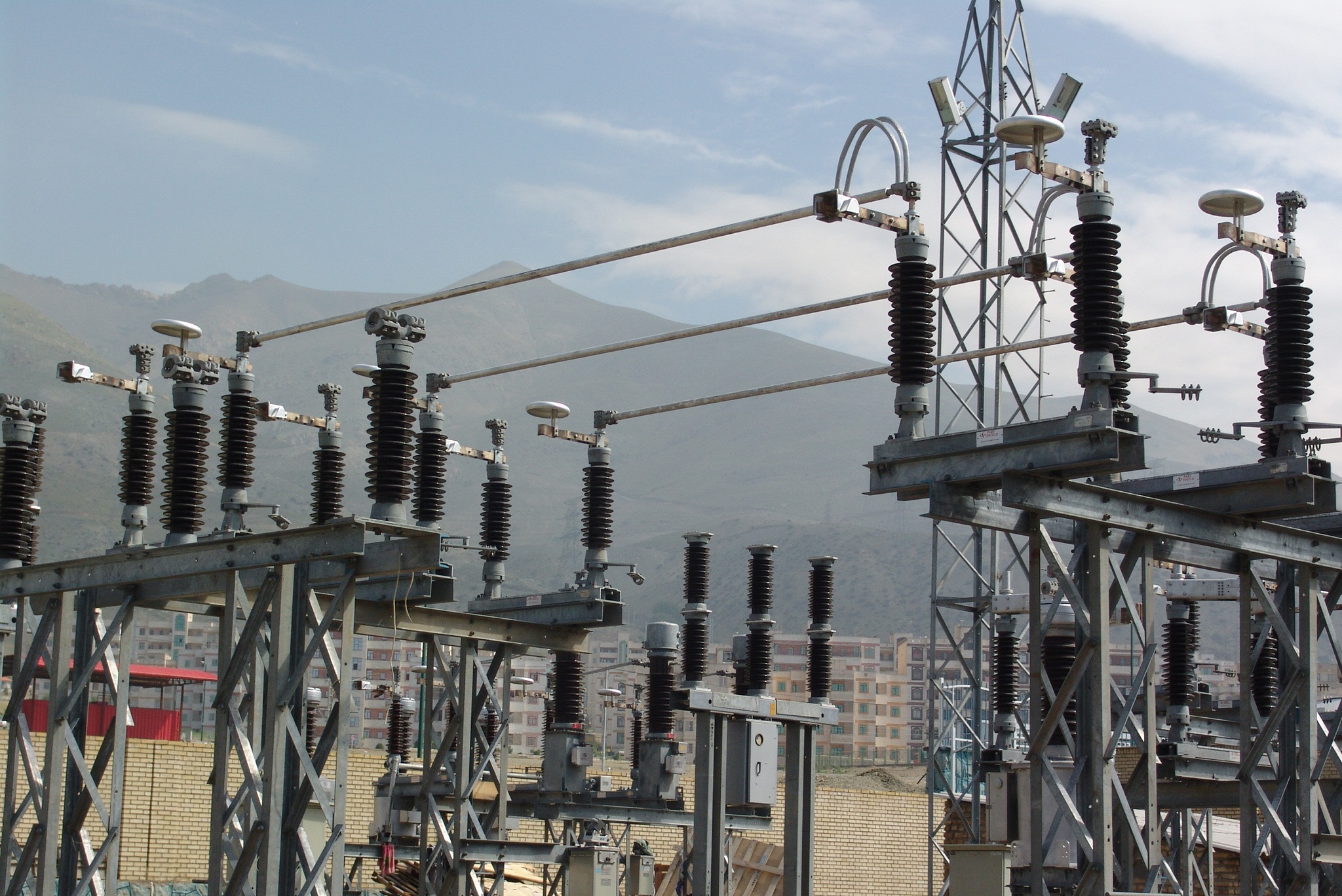The rehabilitation of power transmission lines and the construction of new electrical substations will help the Energy Ministry handle peak-hour demands, vice chairman of the Iran Electrical Industry Syndicate said.
"Electricity transmission to mega cities where demand is high is hampered by dilapidated power grid and ramshackle substations," Ali Bakhshi was also quoted as saying by Mehr News Agency on Tuesday.
Pointing to the fact that Iran's electricity generation is proportional to its annual economic growth, Bakhshi said, "Although enough electricity is produced in power plants, derelict power grids do not allow electricity transmission to certain destinations, the result of which is sporadic outages across the country."
According to the official, the power distribution network was largely deprived of investments in the last seven year and that is why the infrastructure is not well developed.
"The power grid has not had a major overhaul in a long time. This has become a source of concern among officials regarding setbacks caused by underinvestment, such as the high rate of electricity wastage," Bakhshi said, adding that outdated transmission lines account for 10% of electricity waste in the national grid that should be reduced to below 8%.
"The flawed design of power grids and mismanagement in distribution companies are other reasons for electricity wastage."
The official noted that transmission network is in urgent need of reconditioning.
Moreover, the allocation of an insignificant budget for maintenance operations usually adds to the enormous expenses of the ministry.
Asked about assigning the private sector for renovating the dilapidated grid, he said, "As per Iran's law, the Energy Ministry cannot commission the private sector to carry out such projects, which in turn has led to insurmountable problems." He did not elaborate.
Power Wastage
According to Arash Kordi, managing director of Iran Power Generation, Distribution and Transmission Company (Tavanir), power wastage in Iran's national grid has reduced from 15.5% to 11% in the last two years that is a major achievement.
Nonetheless, there is still a long way to go to reach the optimum wastage rate of 8%, which explains why collaboration with international companies like South Korea's electricity giant Electric Power Corporation to reduce electricity wastage tops Tavanir's agenda.
Kordi noted that Iran has a vast power network, for which its rate of wastage exceeds that of global average notwithstanding efforts to curb it.
"More than 10% of electricity go to waste in the national grid because of dilapidated equipment. The infrastructure of the national electricity grid is of low quality. Upgrading the equipment requires funds, but financial resources are limited," he said.
In related news, Houshang Falahatian, a deputy energy minister, the ministry's debt to the private sector has risen to about $9 billion.
"The real prices of generating each kilowatt of electricity, which include the costs for generation, dispatch and transmission, stands at 3 cents per kilowatt-hour, yet it is sold to subscribers at 2 cents per kWh," he said, adding that the difference has imposed a massive debt on the ministry.
Asked about private firms' role in reconditioning power transmission utilities, Falahatian said effective measure have been taken to turn to the private sector for help, though no plan has been made to increase electricity tariffs yet.


